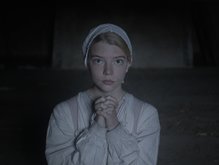 "Wouldst thou like the taste of butter . . . wouldst thou like to live deliciously?" This is the climactic scene in the film The Witch (2015) where the eldest daughter of the pilgrim outcast family. Tomasin, demands Black Philip, a goat--also an incarnation of the devil (?), speak to her. All movie long, her younger siblings had claimed that Black Philip speaks to them and told them that Tomasin was the witch, which of course, she wasn't. On the contrary, she seemed to be the sweetest and most grounded of all them all. So embrace of the devil is unexpected and disturbing. The sequence of the interaction is interesting. The devil never initiates or coerces. At each point, the choice is hers. She follows Black Philip into the barn. She "conjures" him to speak to her. He asks what she wants, to which she replies, "What dost thou offer?" Now, here is where Satan makes his pitch. Of all the things that could be offered, of all the things that the mighty Lucifer could present, the first thing he says, "Wouldst thou like the taste of butter?" Fascinating writing. He goes for a very simple sensation, butter, and then extends the offer to a delicious life. One thing missing here is the offer of power. In two biblical scenes, Eve and Jesus' temptation, Jesus is tempted through food. Probably something like "Wouldst thou like the taste of hot, warm, chewy bread?" When Jesus declines the hot, warm, chewy bread, Satan ramps it up and eventually offers power, the kingdoms of this world. In Eve's case, the fruit appealed to the eye and looked good to eat. But the clincher it seems was that it "was desired to make one wise," or be like God--clear offer of power. What was different in the biblical scenes and in The Witch? Many things, but with Eve and Christ, both had a lot to lose. Warm, chewy bread was just not enough to give up obedience to God. For Eve, she had everything she wanted in the Garden of Eden. But Eve and Tomasin are seduced by Satan because in both cases, he offers what is seemingly otherwise unattainable. Tomasin had no where else to go and the offer of a delicious life was far more generous than she could have hoped for. Eve and Adam are an interesting case. They could have been content, but the very presence of God on a daily basis only serve to reveal to them what they were not, regardless of what they did possess. The simplicity of the temptation, butter or a delicious apple, was really a complex symbol representing power, the power to attain the unattainable. With Satan, it's never just butter.
20 Comments
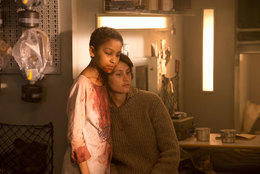 The Girl with all the Gifts is an atypical zombie apocalpyse set 10 years after the fall of human civilization to a zombifying fungus that wraps itself around the human brain. We are introduced to a seriously cute young girl, Melanie who is part of a cohort of children in a subterranean bunker. What strikes you immediately is the fear and care with which the soldiers treat these children. They are transported by teams of two soldiers, one of whom has his or her gun pointed squarely at the child. These children are second generation zombies, who contracted the infection in utero and ate their way out of the womb. Without a human-scent blocking ointment, these seemingly innocent kids, triggered by the human scent, turn to insatiable zombies. A young woman, Helen is the children's favorite teacher and Melanie is her favorite student. Above ground, the base is surrounded by mindless zombies who claw incessantly at the fence. The zombies finally break through just as a Dr. Caldwell is looking to synthesize Melanie's spinal fluid to create a possible vaccine. In the chaos, Melanie and Helen save each other's lives and in turn are saved by the base commander in a truck and Dr. Caldwell and three other soldiers. They escape the overrun base with the aim of getting to the main base in London. Along the way, the lose a couple of soldiers but eventually arrive in London and find a medical mobile unit in which they can survive indefinitely. They also then realize that the fungus causes the zombies to sprout and produce pods which when opened will spread the infection and no one would be safe any longer. In the London wasteland, we discover other kids similar to Melanie who lure a soldier away to kill him. The group goes out to find him but it is too late. A dying Dr. Caldwell, tries to incapacitate the group upon their return and attempts to create her vaccine but Melanie is too smart for her and prevents her. Melanie then sets fire to the vine outgrowths with the pods which release the spores into the atmosphere and solidify the fungus' domination over the earth. With everyone dead except Helen, she is stuck in the mobile unit for life, Melanie then rounds up the wild kids and other kids from the base and a distraught Helen continues teaching them from inside the mobile unit. I found the film to be a nice British take on a zombie apocalypse. I tried to compare it with I am Legend. I am Legend is typically American--everything builds up to a climactic scene and we are left with hope, uncertain hope, but still hope. The Girl with all the Gifts is more philosophical in its orientation. First, is the issue of anthropocentrism. Does the earth belong to humans? Are we the point of all existence? This film makes the point, no. We are simply a moment of earth's history and without right of perpetual dominance. At the end of the film, it is the time of the fungus. There is hope to be sure in that you have a whole community of kids who are human-fungus symbiotes and presumably will establish a human community immune to further infection. But humanity as such is done. The other striking thing is the irony of the reversal. The children were the one's in restraints at the start and the teacher was the free one. At the end, Helen is restrained for life, while the children are free. I really liked the film. I liked it grittiness. It's gory. A ton of convenient things happen to move the plot along but c'est la vie. It's very well acted. 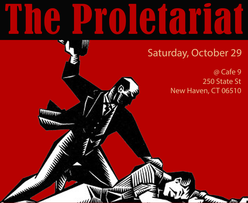 A friend tipped me off to a social justice theater/museum thing in Vermont called Bread and Puppet. Sufficiently intrigued, I decided to visit the website. There, I came across this phrase, "the radicalization of leisure." Awesome phrase if I ever heard one. So, I am now obsessed with the phrase and the idea. But I figure before I go googling or researching it I wanted to take a stab at what I think it means. Leisure, I would contrast with work. It is the time we have for ourselves when we are not busied with work. I suppose work is whatever we necessarily have to do to survive. So going to work where I get paid or cooking for my family both qualify. However, for the proletariat, leisure would mean something vastly different than it would for the capitalists or the bourgeoisie. The craftsman, the sheetmetal worker, the builder, the seller, etc., need leisure as a time to recuperate. Sustaining a working life necessitates recovery time. Leisure time as such then becomes work in that it is dictated by necessity. Thus, one's "work" and one's leisure are both determined by necessity, the difference being who dictates the necessity and for whom the products of such work benefit. In the workplace, the fruit of labor is taken by the capitalist and in work-leisure, the benefits accrue to the individual. Now, for those in a higher social location, leisure is free from the connotations of necessity. Recovery is less the issue, rather emotional rejuvenation is the focus. Free time is not bound by the necessity of bodily recovery but defined by the emphasis on freedom--this is my time to free myself from any requirements. Here is where we would see the development of a whole range of activities in which the bourgeoisie, in generating moments of freedom and satisfaction, create an entire new layer of work for the proletariat thus robbing them of their of their time. . . . How much of this is BS . . . I would say 85%. But it was a good attempt. Now, I will go research the phrase and find out what exactly it means. In my current work in progress, Children of Clay, I use the word "euthanasia" a few times. A few critiquers have noted that I am using the word incorrectly. Euthanasia refers to "the practice of intentionally ending one's life to relieve suffering and pain" (Wiki).
I haven't researched the use of the word over the centuries but I did come across its use in the 19th century. John Henry Newman, a Catholic thinker, used the word "euthanasia" in its primary Greek form. In ancient Greek, "eu" means "well/sweet" and "thanatos" means "death." So euthanasia in its basic meaning is a "beautiful death." Newman described the death of one of dear friends this way, as a way to express that her death was saintly. He also was horrified that the word was being adopted to suicidal uses, closer to what we use today. In Children of Clay, which features an alternate world, I use the word to capture the idea of a beautiful death. A death in which one is not passive, i.e., death does not choose you, but you choose death in order to ascend to the supreme deity. "I have done unbelievable things in the name of a faith that was never my own." This is the most powerful scene of the film for me.
The purifier is caught between his original identity and his faith, which is an assumed identity. No one is born a Necromonger, everyone is a forced convert, but a convert nonetheless, in the true sense. They are converted to belief in the Underverse. There is no sense we get in the film that the adherents were anything less than faithful to their faith. But something happens to this purifier and he is burdened by all the atrocities he has committed in the name of his assumed faith. And, in a bid for redemption (as I see it), he allows Riddick the opportunity to kill the Lord Marshall and commits suicide by walking out into the atmosphere of the planet to atone for all the terrible things he has done. So what is a "faith that was never my own"? Is it that he wasn't born into it? Perhaps, but I see it differently. Conversion is the end process of education. After we encounter a new set of ideas or facts about existence, we make choices about the degree to which we adopt these ideas. However, whatever you choose to believe has to be continuous with what you already believe. When a convert hears a message, she recognizes something in that message that resonates and then adopts it because it makes sense at some level. If something makes sense then you can think of it as a lego piece being added to a structure already created. Thus, if someone claims conversion, but the new propositions are not co-extensive with his prior set of beliefs, the dissonance will eventually manifest itself and the conversion or lack of it, is exposed/revealed. True conversion is a process of building continuity. So the purifier has come to terms with his inability to juxtapose his faith in the Underverse, the eschatological hope of the Necros, and his need to for self-justification. In the end, the Underverse is not worth the dissonance. The desire for self-peace or wholeness ultimately wins out. Not exactly highbrow here, but this scene is what caught my attention and made the Chronicles of Roddick one of my favorite movies of all time. The scene is so bad and cheesy and I thought to myself, there has to be art to it and I was determined to find that art . . . and I did. The movie is a great study in the nature of religion and I want to explore that over the next few months. But in the meantime, this scene requires that you check your intellect at the door and enjoy the pure artistry. It's elusive and only the initiated may see the truth of it. Are you worthy? Currently working on a literary fiction piece, Children of Clay. Check in for more updates soon.
|
AuthorOno Ekeh Archives
June 2020
Categories
All
|
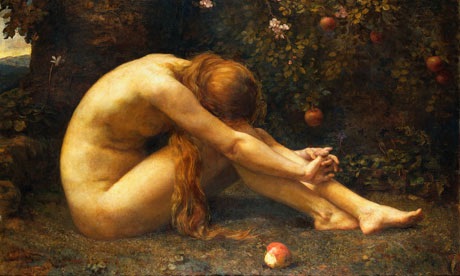
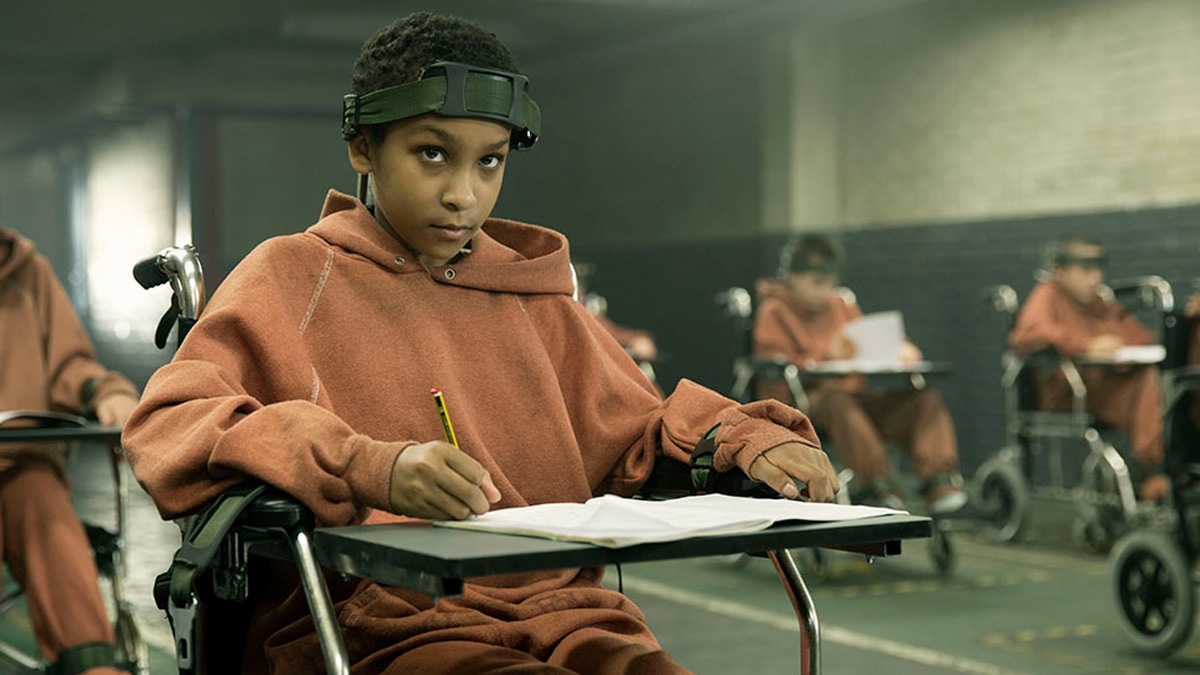
 RSS Feed
RSS Feed

